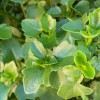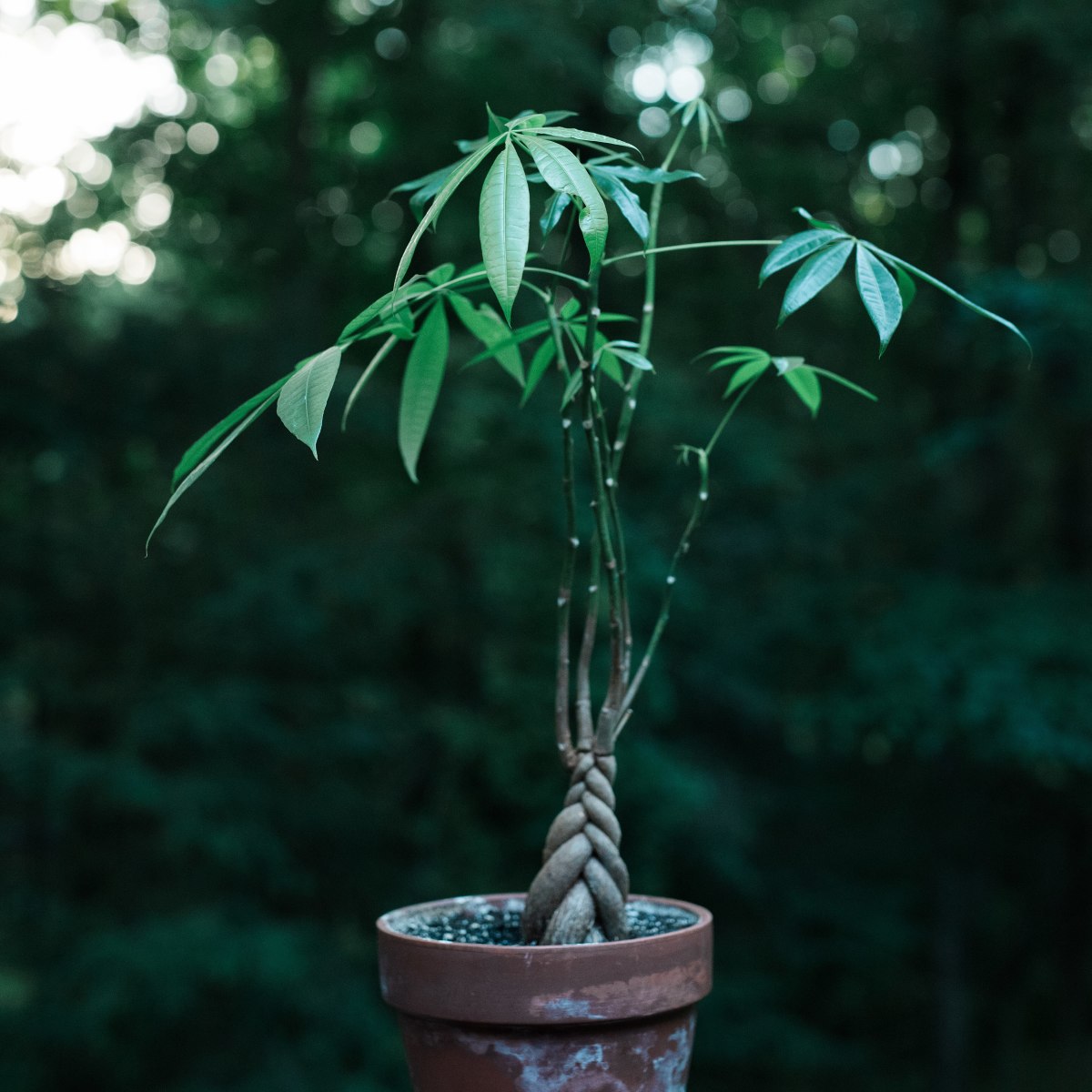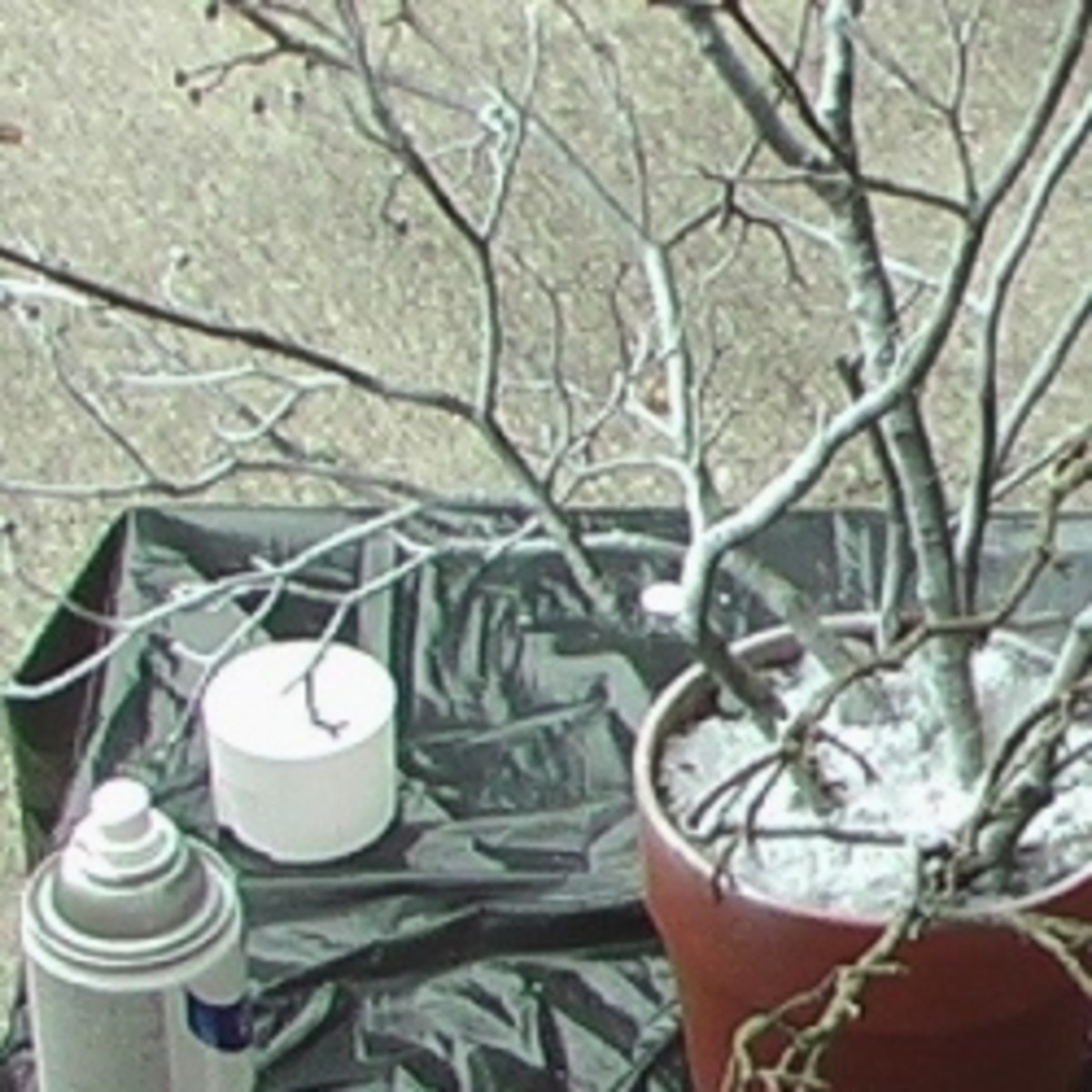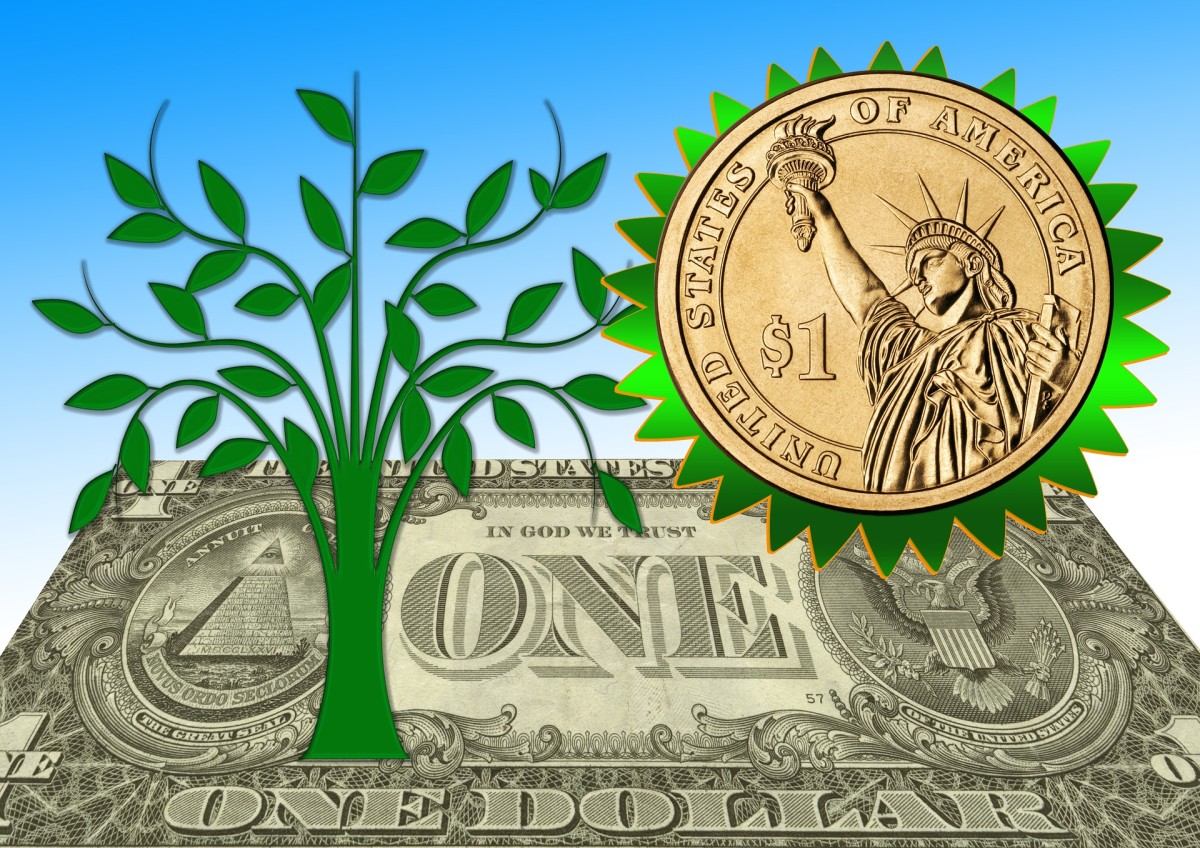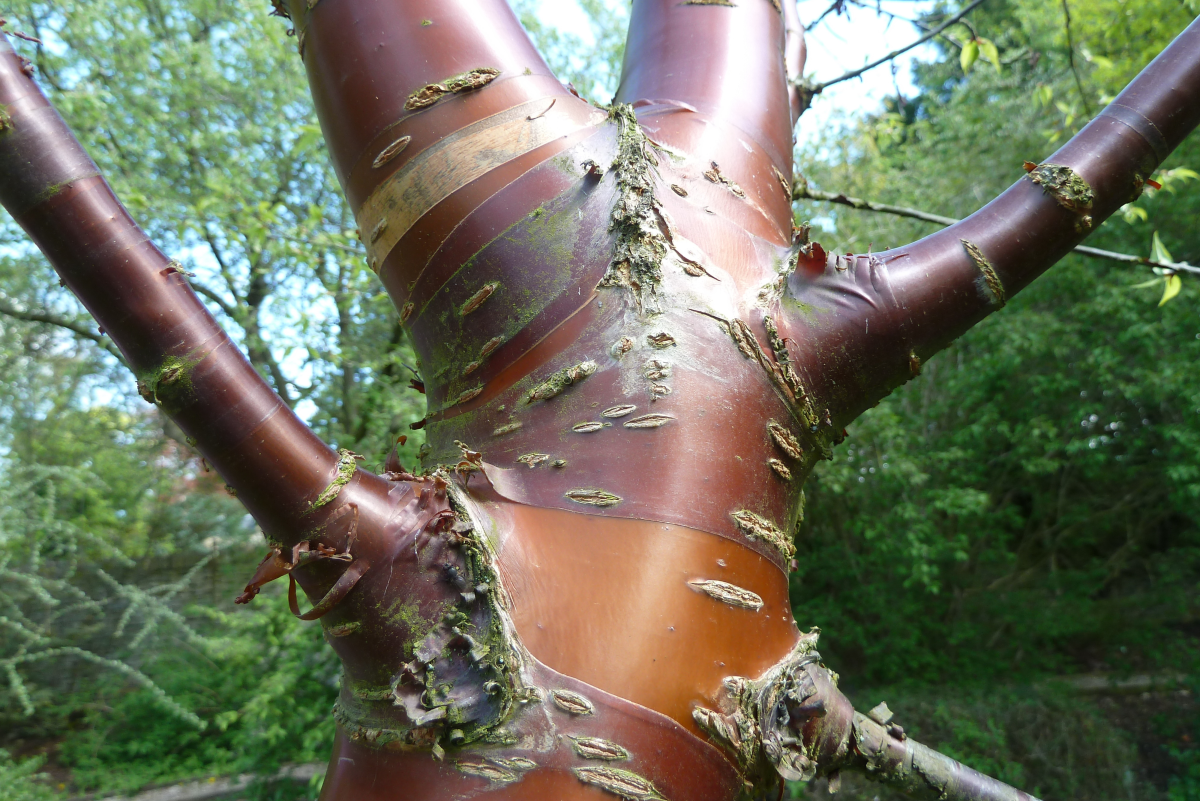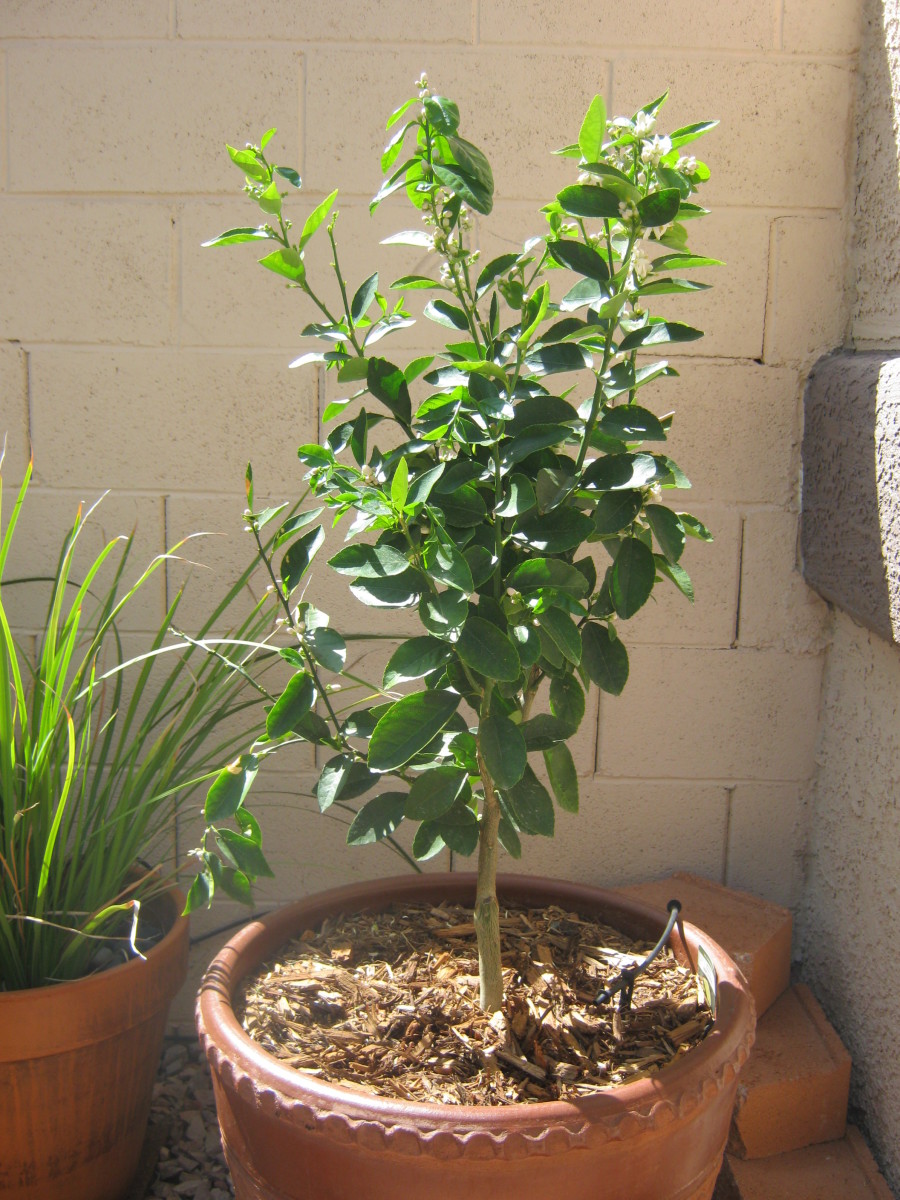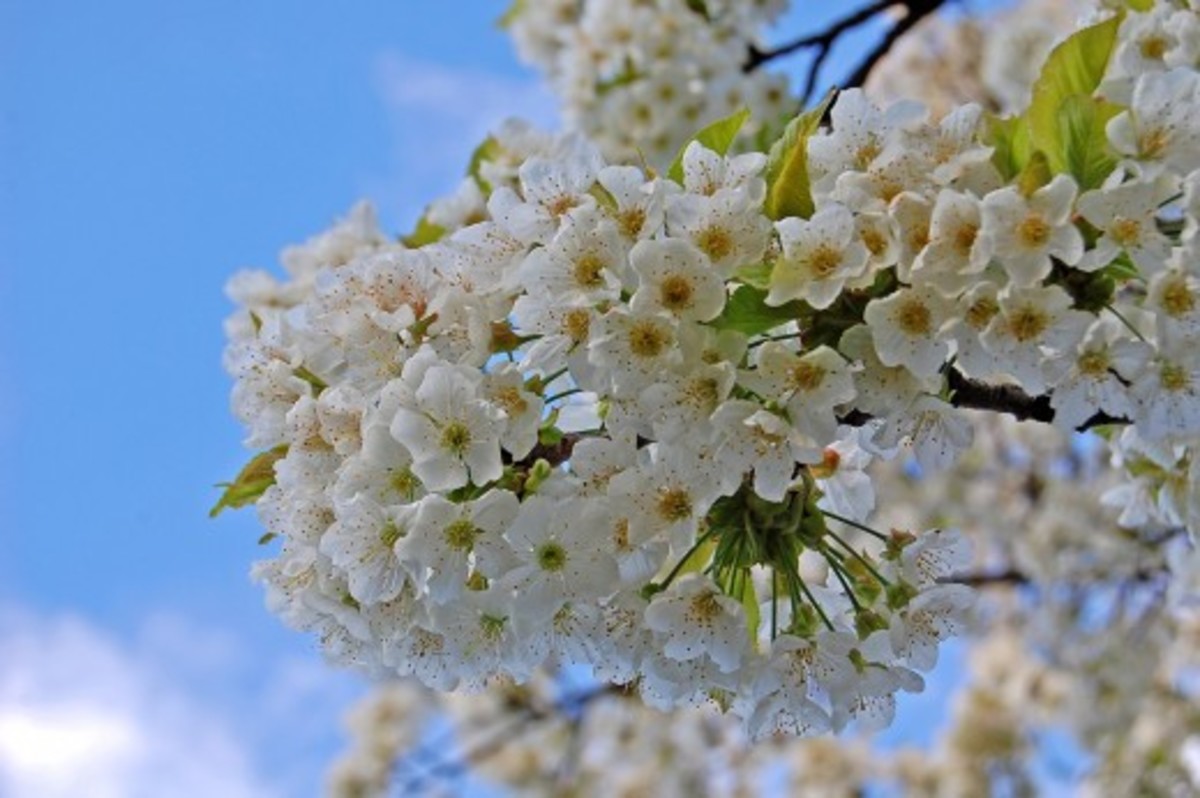How to Grow the Money Tree (Prunus dulcis fortunii)
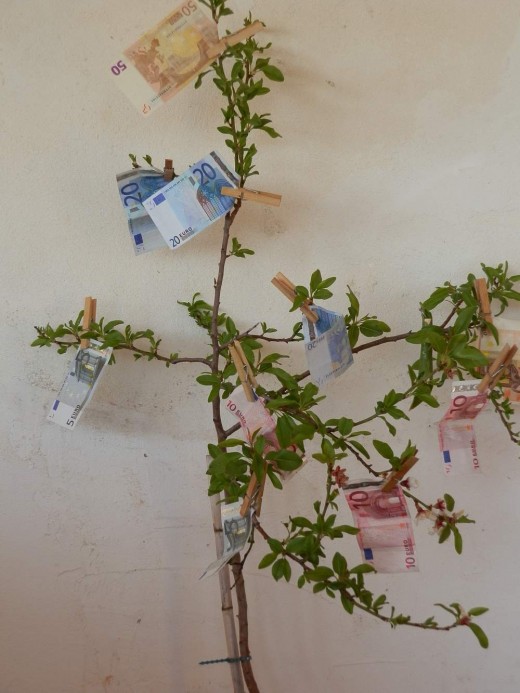
Prunus dulcis fortunii mixta in fruit
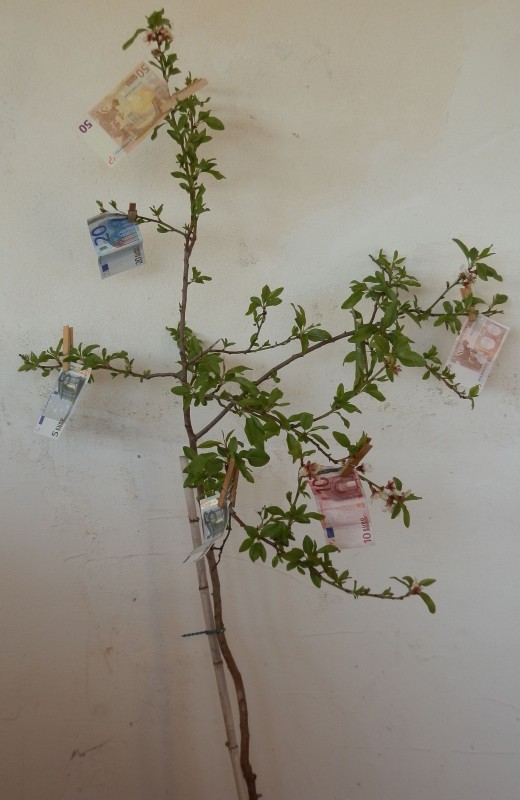
I don't really know why I am passing this secret on to you, but if you've ever wondered how to grow the money tree, Prunus dulcis fortunii, I will explain.
In February, the almond trees (Prunus dulcis) flower, creating a beautiful and highly-scented landscape in areas where almond trees grow. Not many people know about the hybrid Prunus dulcis fortunii which appears very rarely.
No-one knows where the first one came from, but it has made some almond farmers into very rich men.
While the blossom of the normal almond trees light up the landscape, the hybrids, Prunus dulcis fortunii, are carefully kept hidden from sight.
The balmy late winter/early spring weather of southern Spain brings out the bees who quickly get to work, pollinating one flower after another.
If they landed at one point on a money tree flower, they may cross-pollinate it with an ordinary almond tree should they land on one of them next. Perhaps only one or two flowers in the whole tree (which is covered in flowers) may carry the fortunii strain, and you will not know unless you propagate every single ripe almond from that tree.
Some farmers have done exactly this, and have been left disappointed, such is the rarity of the money tree strain.
However, it is true to say that every single commercial almond grower in Spain has their own personal money tree, which they keep in a pot, ready to take indoors after the blossom turns to seed, because as you can see in the photo, the seed is real currency, not almonds.
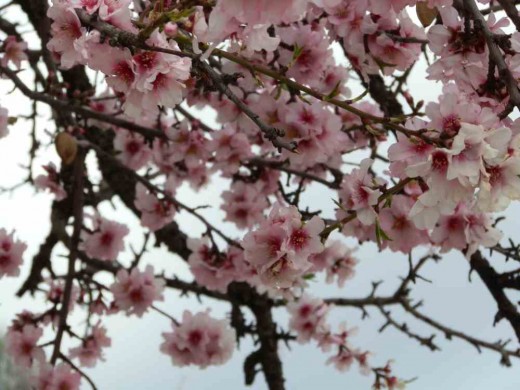
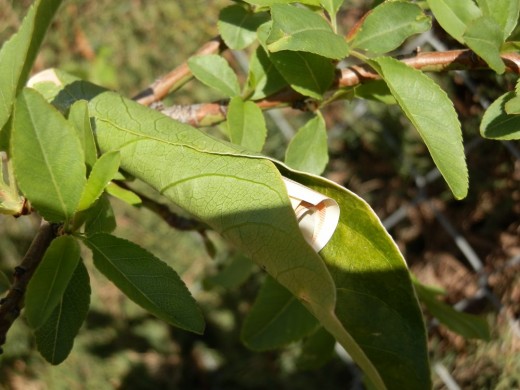
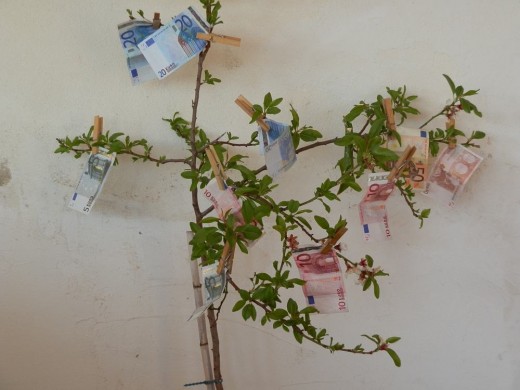
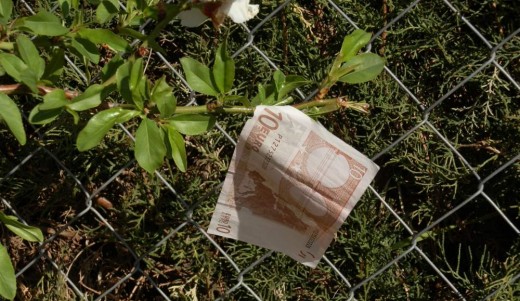
I grew a money tree accidentally
I actually did not know about the money tree until I grew one, completely by accident.
Out of the 300 or so almond seeds I propagated, only one has become a money tree.
A good way of telling if your tree is going to become a money tree is to look for an early flowering habit.
Normal almond tree seedlings do not flower until the tree is at least 5 years old, whereas the money tree starts flowering in its second or third year, though they may not produce any money in those early years.
The tree here is 4 years old, and it showing its first crop.
I pegged the money notes to the tree to prevent the wind from carrying them off. Like all seeds (and they are seeds) they will ripen and leave the tree in search of new places to grow, as seeds do.
Obviously I do not want this to happen, and so have pegged the notes just in case.
I do not know what kind of tree the money seeds grow into. That may well be a future experiment.
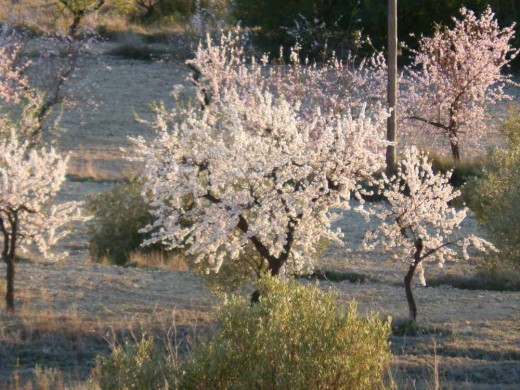
the fruits of the prunus dulcis fortunii mixta

In my discussions with almond farmers, I have learned that there are various sub-strains of the money tree Prunus dulcis fortunii.
While I have grown Prunus dulcis fortunii mixta, there are pure strains available that grow only one denomination.
So you can have Prunus dulcis fortunii 50, Prunus dulcis fortunii 100, Prunus dulcis fortunii 500, and others, and indeed that final number denotes the denomination that will be produced.
I would have liked to have had Prunus dulcis 50, which produces nothing but €50 notes, but higher denominations are difficult to spend as many shops will not accept the higher value notes.
I am delighted with my tree, Prunus dulcis fortunii mixta, which produces a more natural mixture of notes.
Obtaining Fresh Almonds for planting
If you are in the US, you may find it difficult if not impossible to obtain some unshelled almonds to grow.
This is because the main area for growing almonds in the US is California.
In 2007, the Almond Board of California introduced compulsory pasteurization of almonds, with the backing of the USDA.
All California almonds are steam-treated or dipped in propylene oxide. Even raw almonds are treated, and so they cannot grow.
The excuse used for this has been because two cases of salmonella poisoning were traced back to Californian almonds in 2001 and 2004, but we all know the real reason is that they do not want to risk people planting the almonds and perhaps growing a money tree.
We know there are money trees in California because Jesus Javien Yuon moved there with one in 1989.
Local currency notes produced
The really interesting part of about the Prunus dulcis fortunii, is that they produce notes in the local currency, no matter what country you live in.
A local farmer, Jesus Javien Yuon, emigrated to California in 1989.
He took his most productive money tree with him, and while in that first year it produced pesetas, the following year it produced dollars.
With the introduction of the euro to Spain in 2001, the banks made a point of accepting pesetas for up to 2 years afterwards, to allow the farmers' trees time to change currency.
As I am shortly returning to the UK, I will be taking my tree with me, and expect it to start producing pounds within a year or two.
As it is much colder there, I will be keeping it indoors all year round, although I expect it to pay for me to build a warm conservatory in the future.
And possibly a high security alarm system.
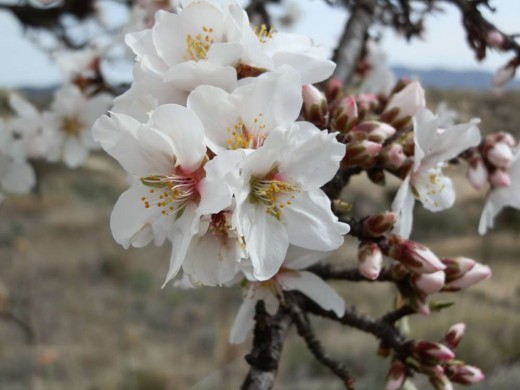
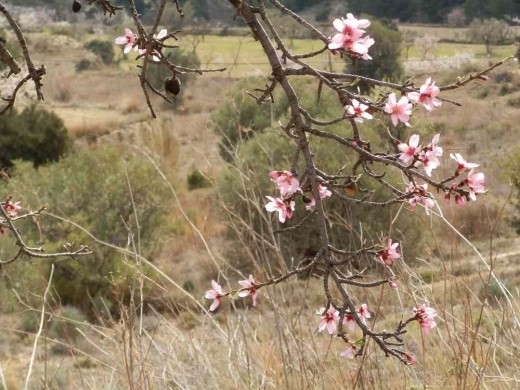
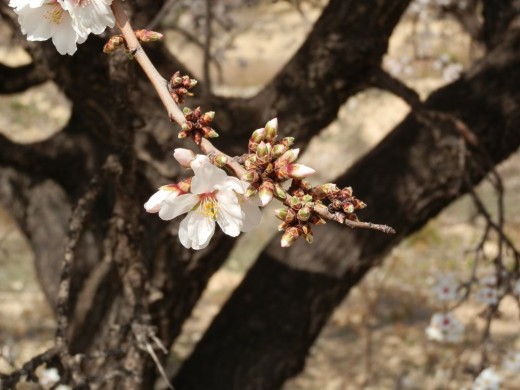
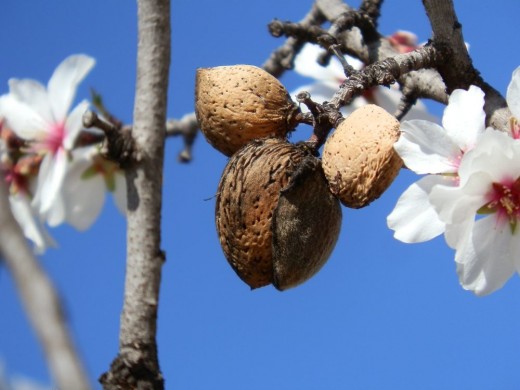
Prunus dulcis fortunii 500

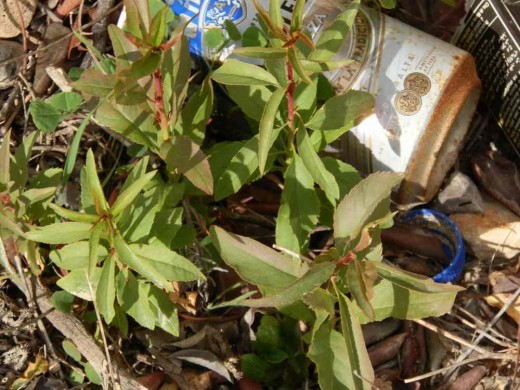
How to grow a money tree
If you want to grow your own money tree, then you will have to collect as many almonds as you can, preferably the blackened ones that come straight from the tree.
Pop the whole almond, shell and all, into a pot containing a good quality and well-draining compost. Leave it in a warm spot and don't allow the soil to dry out.
After a few weeks, you should see the green shoot appearing. As soon as it does, move the whole pot to the lightest, brightest area you have in your home (or your yard if you live in a subtropical climate).
Keep it well watered, but don't leave it lying in water. Almonds thrive very well through droughts once they have established a good root system.
However, when confined to a pot, their roots cannot seek out moisture, so please remember to water your tree.
Almonds are deciduous, and lose their leaves in autumn, so don't assume your baby tree has died and throw it out.
Keep a close eye on your tree if it flowers early. If there are no other almond trees in the area, your almond tree flowers will not be pollinated and so cannot produce fruit.
This is why it is really important to grow a few trees at the same time.
If they are all indoors, because your yard is buried under 10 feet of snow in February when the almonds flower, you are going to have to borrow some bees from somewhere and place them among your flowering almonds.
Speak to your local friendly bee-keeper to see if he will sell you some bees.
The flowering period only lasts a few short weeks, after which the flowers die and the fruit begin to swell, or if you are lucky and have grown a money tree, you will see the notes unfurling at this point.
The spring leaves of the tree also bud and open at this time.
If your tree produces leaves first, then it will not flower and you will have to wait another year.
All your tree asks in return is heat, light and water, all three of which you will be able to pay for easily once your money tree starts producing money as it is real currency which is accepted everywhere.
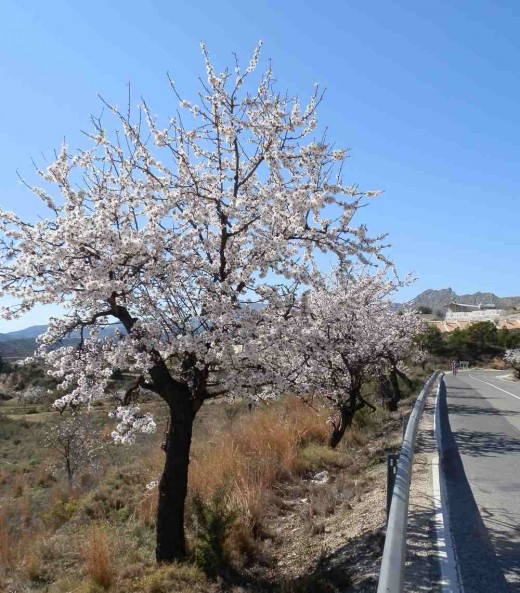
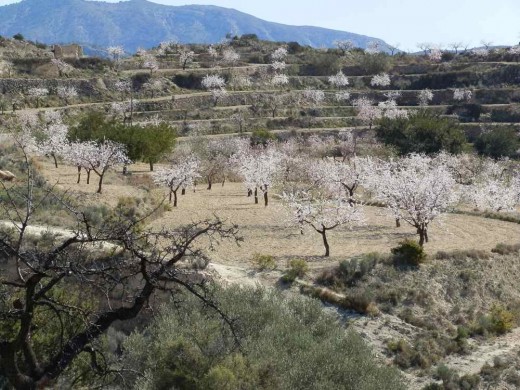
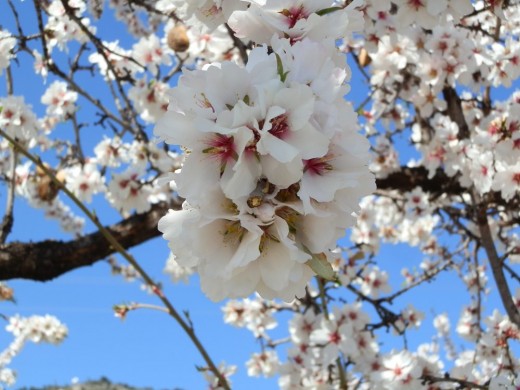
So successful are the almond tree farmers that they no longer collect the almonds from their trees, which as you can see in the photo stretch for miles in all directions.
The few trees that do get cared for belong to those who have not yet grown their fortunii-cross strain tree.
The local almond processing factory now imports their almonds from South America, as the locally grown produce is no longer of interest to anyone.
Unfortunately, the land is arid and the soil is very poor, and not much else will grow, apart from a few olives, which some farmers are turning to growing, just to make it look as if they are doing something.
There are no money trees in the fields. All young trees are closely monitored and removed to a place of privacy and safety as soon as they show the slightest signs of becoming a money tree.
Every single almond tree plays a role in the cross-fertilization process, and so is needed to produce new money trees.
Almond tree blossom is beautiful, and worth leaving just for the annual display they put on.
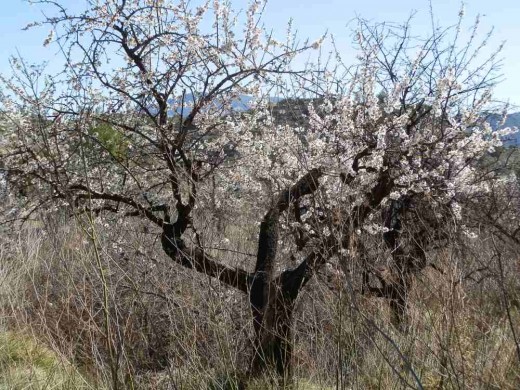
An almond tree to buy, but will not produce money
All photos are copyright Isabel Melville 2012, and may be shamelessly used or borrowed for any reason or promotion whatsoever, so long as a link is left back to this hub.
